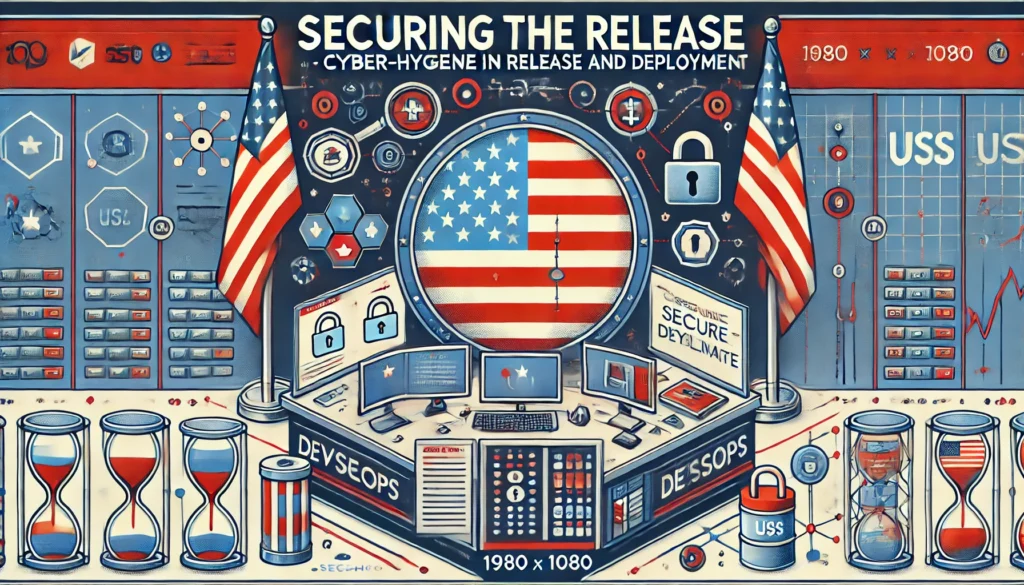Elasticity LLC – Agile DevSecOps Cloud IT Services

Securing the Release: Cyber-Hygiene in Release and Deployment
In the DevSecOps framework, the release and deployment phases are critical junctures where the integration of robust cyber-hygiene practices can significantly influence the security and stability of software solutions. At Elasticity LLC, we emphasize secure and controlled deployment environments, implementing practices that safeguard against vulnerabilities and ensure that each release enhances the security posture of our clients’ systems.
Cyber-Hygiene Practices in Release and Deployment
1. Environment Separation and Management:
- Secure Environments: Maintain separate environments for development, testing, and production. This separation helps to prevent inadvertent changes that could expose production systems to new vulnerabilities.
- Access Control: Implement strict access controls for each environment, ensuring that only authorized personnel can make changes or move software between environments.
2. Automated Security Testing:
- Continuous Integration (CI) Pipelines: Integrate security testing tools into the CI pipelines to automatically scan and identify security issues as soon as they are introduced. Tools like static application security testing (SAST) and dynamic application security testing (DAST) should be run routinely.
- Pre-release Checks: Before deployment, conduct comprehensive security checks to ensure that the new release complies with all security policies and regulations.
3. Configuration Management:
- Automate Configuration: Use infrastructure as code (IaC) to manage and provision configurations automatically. This ensures consistency across environments and reduces the risk of human error.
- Secure Configuration: Regularly update and patch configurations to protect against known vulnerabilities. Implement configuration audits to ensure that security settings are correctly applied.
4. Deployment Automation:
- Automated Rollouts: Use automated deployment tools to standardize the release process, reducing the chance of errors that can lead to security breaches.
- Rollback Capabilities: Ensure that the deployment process includes capabilities for quick rollback in case of a detected security issue. This allows for rapid response to potential threats without extensive downtime.
5. Post-Deployment Monitoring:
- Real-Time Monitoring: After deployment, actively monitor the application for unusual activities that could indicate a security breach. Use tools that provide real-time alerts and automatic response capabilities.
- Feedback Loops: Use insights gained from monitoring to continuously improve security measures. Regularly review and adjust security strategies based on actual operational data.
Why These Practices Matter
Incorporating stringent cyber-hygiene practices during the release and deployment phases is essential not only for securing the software but also for maintaining trust with users, especially in sectors like the federal government where data sensitivity is paramount. These practices help prevent the introduction of vulnerabilities during these critical phases and ensure that security measures keep pace with the rapid cycle of software releases.
Elevate Your Release Strategy with Elasticity LLC
Secure and controlled deployment is not just about protecting data—it’s about fostering resilience and trust in an era where cyber threats are continually evolving. At Elasticity LLC, our commitment to embedding cyber-hygiene in every phase of the DevSecOps loop guarantees that our clients’ deployment strategies are fortified against potential threats.
Discover how our meticulous approach to the release and deployment phases can strengthen your cybersecurity posture. Let’s ensure that your next release not only meets but exceeds the highest standards of security and performance. Contact us to learn more about how we can help you deploy with confidence and security.
